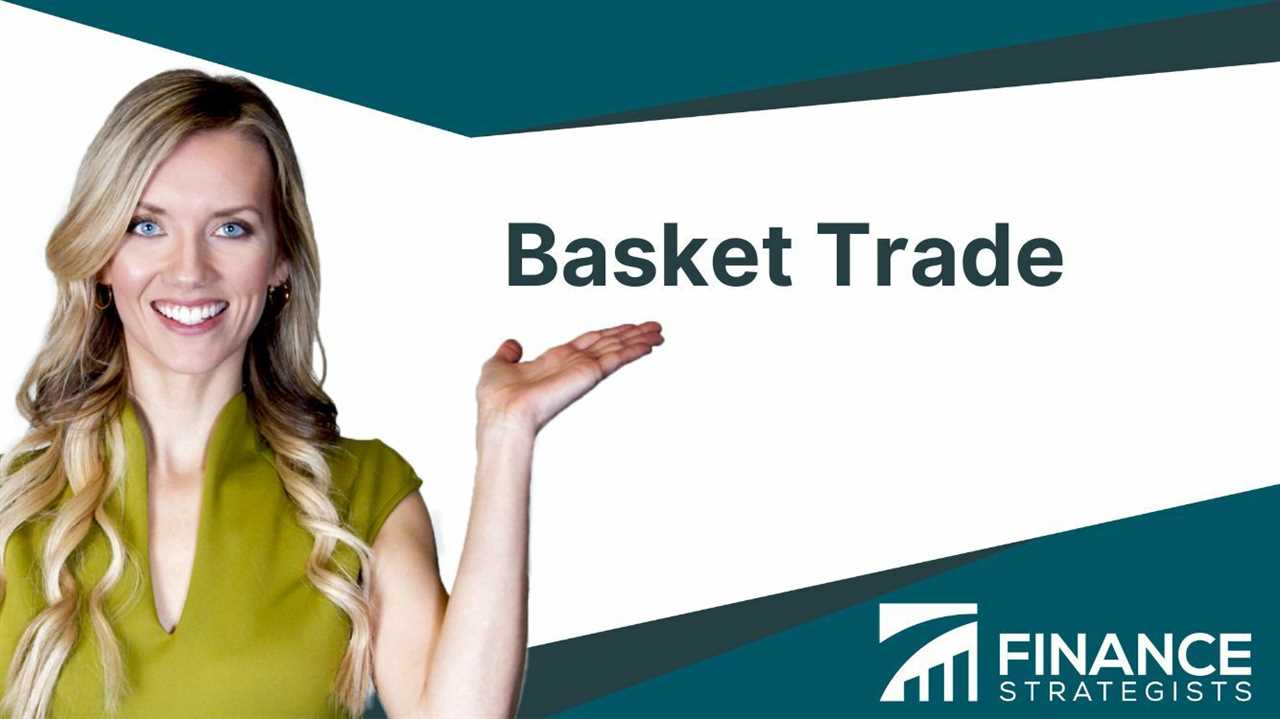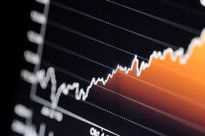Basket Trade: A Comprehensive Guide
What is Basket Trading?
Basket trading involves the simultaneous buying or selling of multiple securities as a single order. Instead of trading individual stocks or bonds, investors can trade a basket of assets, which can include stocks, bonds, options, or other financial instruments. By trading a basket of securities, investors can achieve diversification and exposure to a specific sector or market segment.
Benefits of Basket Trading

There are several benefits to basket trading:
- Diversification: Basket trading allows investors to diversify their portfolio by investing in a variety of securities. This helps to spread risk and reduce the impact of individual stock or bond price movements.
- Efficiency: Trading a basket of securities can be more efficient than trading individual securities. It reduces transaction costs and minimizes the time required to execute multiple trades.
- Customization: Basket trading offers flexibility and customization. Investors can create baskets that align with their investment strategies, such as sector-specific baskets or baskets based on market indices.
- Risk Management: By trading baskets of securities, investors can manage risk more effectively. They can hedge their positions, implement stop-loss orders, or use other risk management techniques.
Executing a Basket Trade
Executing a basket trade involves several steps:
- Selection of Securities: The first step is to select the securities that will be included in the basket. This can be based on various factors such as investment objectives, market conditions, or sector analysis.
- Creating the Basket: Once the securities are selected, the basket is created by specifying the quantity and weight of each security. The weight can be based on market capitalization, sector allocation, or other criteria.
- Execution: The broker or trading platform executes the basket trade by buying or selling the securities in the basket. The execution can be done manually or through an automated trading system.
- Monitoring and Management: After the trade is executed, investors need to monitor the performance of the basket and make any necessary adjustments. This may involve rebalancing the basket or adding/removing securities.
Conclusion

Types of Trading Orders

There are various types of trading orders that traders can use depending on their trading strategies and objectives. Some of the most common types of trading orders include:
- Market Order: A market order is an order to buy or sell a financial instrument at the best available price in the market. It is executed immediately and guarantees the execution of the trade, but the exact price at which the trade is executed may vary.
- Limit Order: A limit order is an order to buy or sell a financial instrument at a specified price or better. It allows traders to set a maximum price at which they are willing to buy or a minimum price at which they are willing to sell. The trade will only be executed if the specified price or better is available.
- Stop-Limit Order: A stop-limit order is a combination of a stop order and a limit order. It specifies a stop price and a limit price. When the stop price is reached, the order becomes a limit order, and the trade is executed at the limit price or better.
Execution of Trading Orders

Trading orders are executed by brokers on behalf of traders. Brokers have access to the financial markets and use various trading platforms to execute orders. Once an order is placed, it is transmitted to the market where it is matched with a counterparty willing to take the opposite side of the trade.
The execution of trading orders can be influenced by various factors, including market liquidity, order size, and market conditions. It is important for traders to understand these factors and consider them when placing orders to ensure optimal execution.
Conclusion

Emily Bibb simplifies finance through bestselling books and articles, bridging complex concepts for everyday understanding. Engaging audiences via social media, she shares insights for financial success. Active in seminars and philanthropy, Bibb aims to create a more financially informed society, driven by her passion for empowering others.
